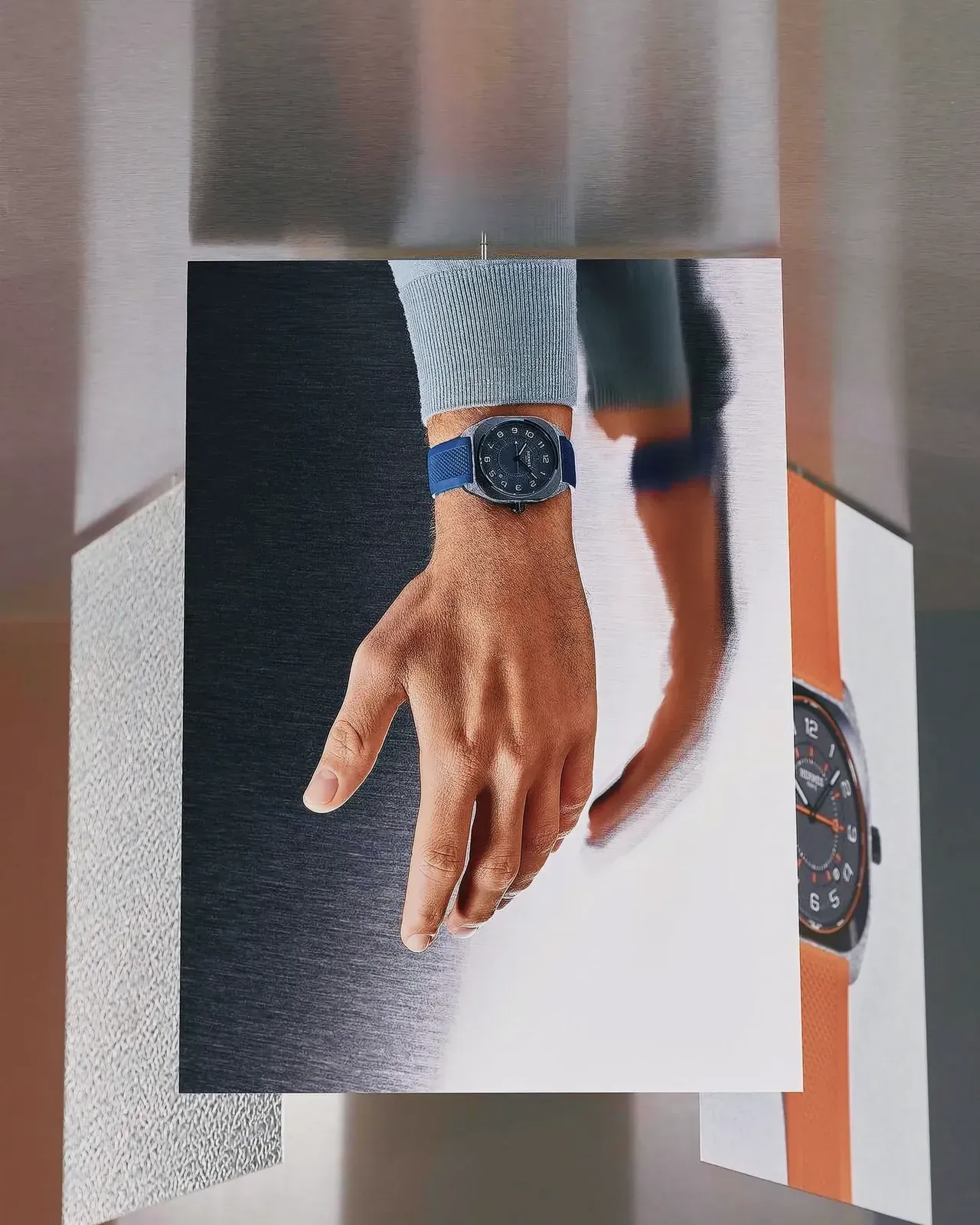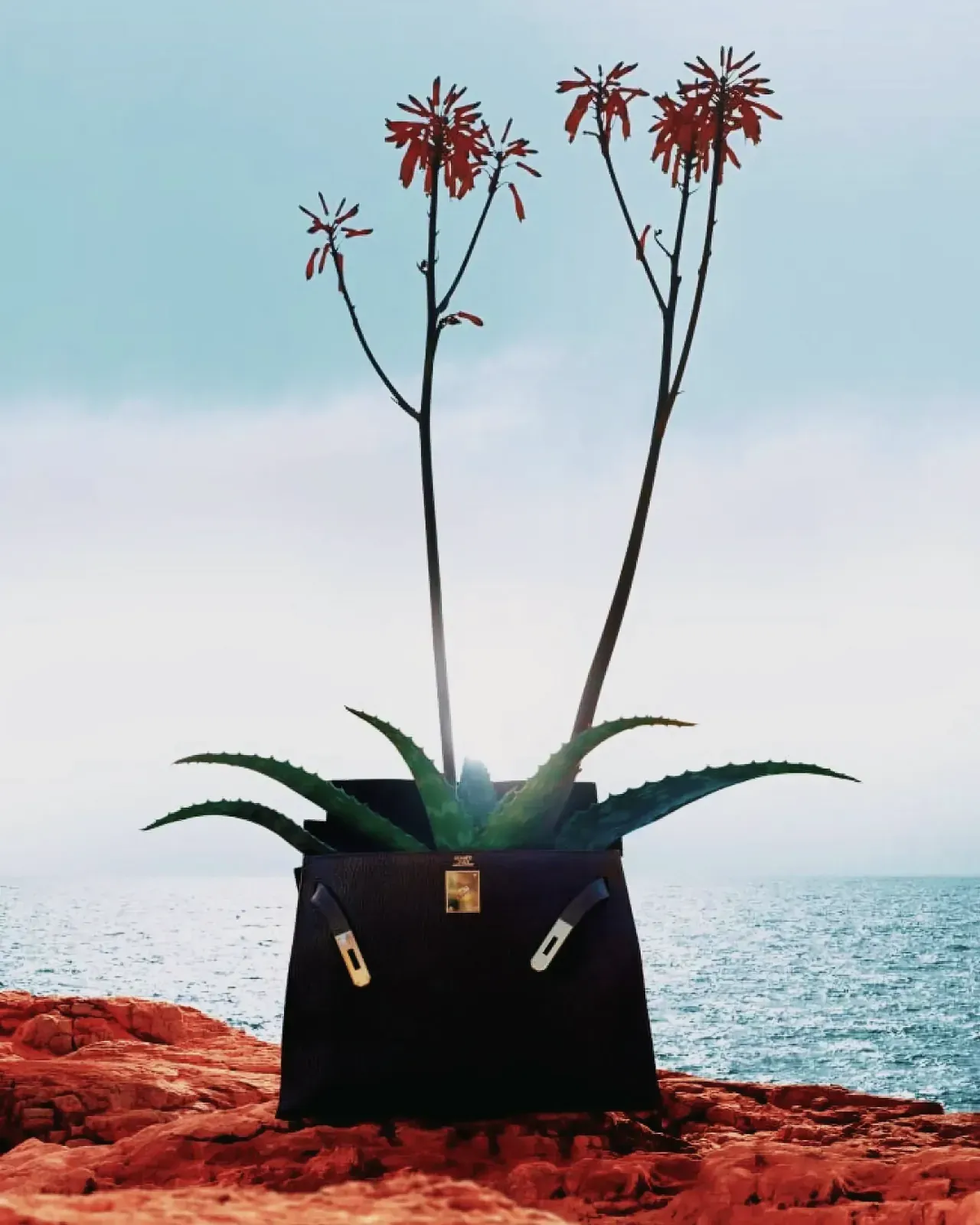Take a deep breath, we’re about to time travel into the history of the legendary House of Hermès. From its humble beginnings as a harness workshop in Paris in 1837, Hermès evolved into a global empire, known for its iconic luxury items like the Birkin bag. With a commitment to quality craftsmanship and exclusivity, Hermès has established itself as one of the largest and most admired luxury makers globally, operating 311 stores worldwide.
What is the history and evolution of the House of Hermès?
The House of Hermès began in 1837 as a harness workshop in Paris, catering to European nobility. It evolved from crafting riding gear to launching luxury items like the “Haut à Courroies” bag in 1900, the “Kelly bag” in 1935, and the iconic Birkin bag in 1984. Hermès expanded to 311 stores globally, maintaining a philosophy of quality craftsmanship and exclusivity, with a commitment to family values and strategic branding.
Okay, take a deep breath, we’re about to time travel. Think plush leather, the soft whir of a sewing machine, the faint smell of dye, and the clinking of metal buckles. That’s right; we’re diving headfirst into the history of the legendary House of Hermès.








The Humble Beginnings
Thierry Hermès, the founder, laid the cornerstone of the company in 1837 in Paris, setting up a humble harness workshop. His primary aim was to cater to the elite European noblemen by crafting saddles, bridles, and other horse riding gear. Over the years, the workshop transformed into a global empire, but its heart remained in the same place – 24 Rue Du Faubourg Saint-Honore in Paris. This is where Charles-Émile Hermès, Thierry’s son, shifted the company’s shop in the early 20th century. It stands there even today, a silent testament to the brand’s history and its global headquarters.
The Evolution of Hermès
What started as a single workshop, slowly but steadily, evolved. Between 1880 and 1900, Hermès introduced saddlery in retail stores. In 1900, they launched the “Haut à Courroies” bag, a practical accessory designed for riders to carry their saddles. The fashion world of the 1920s saw the introduction of clothing and accessories into Hermès’ portfolio. 1922 marked the entry of the first leather handbags in their product line.
Their travel bags, introduced in 1925, were a global hit. In the 1930s, Hermès brought in products that have now become the epitome of style – the leather Sac à dépêches (renamed the “Kelly bag” after Grace Kelly) in 1935 and the Hermès carrés (scarves) in 1937. The first Hermès silk tie and the first perfume ‘Eau d’ Hermès’ were launched in 1949.








Establishing a Global Footprint
The 1930s also marked Hermès’ entry into the United States, starting with an initial tie-up with the Neiman Marcus department store in New York. The iconic duc-carriage-with-horse logo of the brand and the signature orange boxes were introduced in the 1950s.
In the 1970s, the Hermès watch subsidiary, La Montre Hermès, was established in Bienne, Switzerland. The 1980s saw Hermès acquiring tableware manufacturers like Puiforcat, Saint Louis, and Perigord, furthering its position in the luxury market.
Introducing, The Birkin Bag
1984 was an important year for Hermès as they introduced the “Birkin bag”. This ultra-premium luxury segment’s eye candy was born out of a chance conversation between the then CEO Jean-Louis Dumas and actress and singer Jane Birkin on a flight from Paris to London. Each Birkin bag is a masterpiece, handcrafted by a single craftsman and can take anywhere between 18 to 25 hours to complete, even more if the hide is a delicate crocodile skin. Hermès is known to destroy any Birkin bag that does not meet its high standards of perfection, underlining its dedication to unparalleled quality.








A Strategic Move
In 1993, Hermès went public on the Paris Bourse. This move was more strategic than financial, and it came with its own set of challenges and advantages. From the late 1990s, Hermès started buying up franchise stores, closing many, and opening more company-owned stores. By 2019, Hermès had 311 stores globally, with 223 directly owned and operated by the company.
Strategic Collaborations
Over the years, Hermès extended its reputation by entering into strategic collaborations with specific players and suppliers in the ultra-luxury segment. A significant collaboration was with British luxury shoemaker John Lobb in 1976, which allowed Hermès to use its name in return for extending the distribution reach of the brand. In 1999, Hermès bought a 35 percent stake in the Jean-Paul Gaultier fashion house.
An Ever-Growing Empire
Today, Hermès operates 311 stores globally across the U.S., Russia, and Asia and employs over 15,000 people. It is one of the largest and most admired luxury makers globally, with revenues of over USD 8.3 billion and profits of over USD 1.8 billion as at 2019.
The Hermès Philosophy
The brand’s philosophy can be summed up by a single sentence quote from former CEO Jean-Louis Dumas – “We don’t have a policy of image, we have a policy of product”. Hermès has always shunned mass production, manufacturing lines, and outsourcing. Every single Hermès product is a testament to the artisan’s hard work. To guarantee the highest quality, each product must be signed off by Creative Director Pierre-Alexis Dumas before it leaves the workshop.








Consistency in Brand Strategy
Hermès’ brand strategy is consistent across all product categories – leather goods and saddlery, men’s and women’s ready-to-wear and accessories, silks and textiles, fragrances, watches, and other products. This uniformity in strategy ensures that the aura of exclusivity remains tightly woven around its products. The Hermès strategy revolves around its 6 values: Spirit of conquest, creativity, craftsmanship, quality, authenticity, and independence.
The Power of Family
The spirit of Hermès is deeply intertwined with the spirit of family. It has managed to maintain its success across six generations since 1837. This long-term success is a testament to the strong family ownership, values, pride, and robust financial structure that underpins Hermès.
Mastering the Art of Communication
Hermès has mastered the art of brand communication and marketing, with its strategies always staying faithful to the company’s principles of “heritage” and “exclusivity”. Hermès uses strategic collaborations, sponsorships, and social media platforms in a highly engaging manner in all its marketing and communication campaigns. Hermès does not aim to directly sell products through their marketing campaigns but instead seeks to celebrate the Hermès lifestyle.
And there you have it. The history, the evolution, the philosophy, and the strategy that and make Hermès one of the biggest names in the world of luxury. A name that commands respect, admiration, and a hefty price tag. A name that is synonymous with quality, exclusivity, and timeless elegance. Hermès – a name that is, quite simply, legendary.
Quick Recap
- The House of Hermès began as a harness workshop in Paris in 1837 and has evolved into a global luxury empire.
- Hermès is known for iconic luxury items like the Birkin bag and has a commitment to quality craftsmanship and exclusivity.
- The company has a global footprint with 311 stores worldwide and has established strategic collaborations in the ultra-luxury segment.
- Each Birkin bag is handcrafted by a single craftsman and must meet high standards of perfection.
- Hermès operates with a philosophy of product-focused strategy, family ownership, and a commitment to the Hermès lifestyle.
